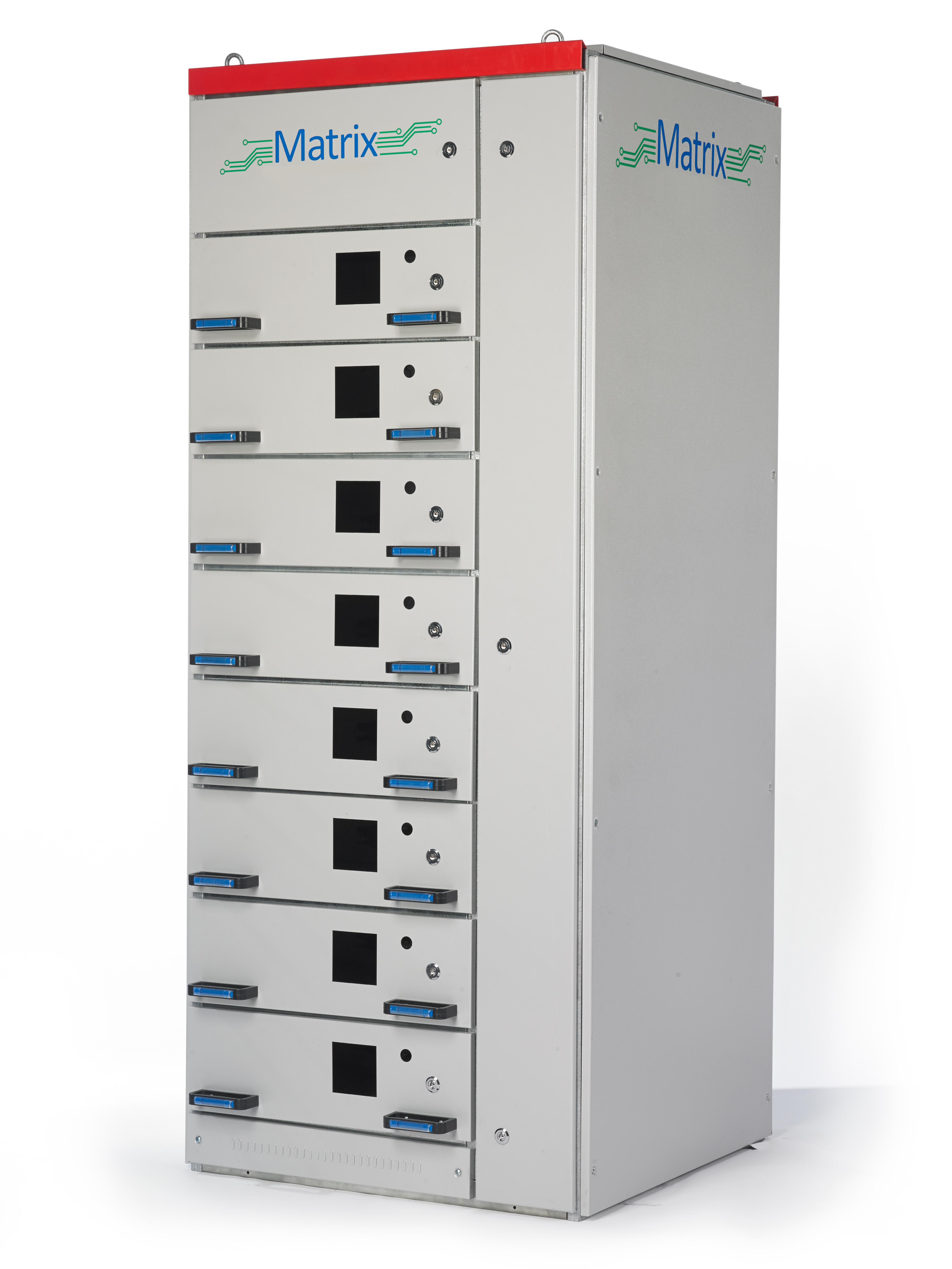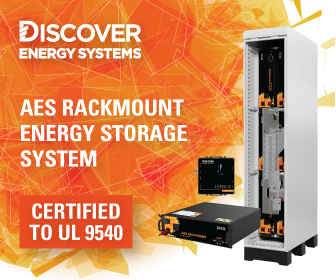Always the Least Expensive, Most Reliable Electricity
 Today there are generally three sources of electricity, particularly for behind-the-meter applications: conventional generation, generation from renewables, and energy storage. On their own, each of these sources can be limiting due to various factors such as cost, availability, resiliency, and environmental impact. In a model environment, these disparate sources work in a synchronized manner, all three continually prioritized and optimized to always deliver the least expensive and most reliable electricity.
Today there are generally three sources of electricity, particularly for behind-the-meter applications: conventional generation, generation from renewables, and energy storage. On their own, each of these sources can be limiting due to various factors such as cost, availability, resiliency, and environmental impact. In a model environment, these disparate sources work in a synchronized manner, all three continually prioritized and optimized to always deliver the least expensive and most reliable electricity.
Sounds simple enough, but the conventional approach of power electronics provides limited capability in terms of optimization, efficiency, scalability, and the ability to accommodate ever-changing and evolving applications and policies. Essentially with a “stick-built” environment, the conventional inverter approach is inherently inflexible in what is now a dynamic world of electricity generation and load management.
Further complicating the realization of the model environment is that a “one size fits all” approach to energy storage has been the norm, relying on single-storage technology for both power, and energy applications. The perfect battery does not exist, and forcing one type of storage technology to attempt a variety of both power and energy applications is limiting and costly.
Coupling limiting power electronics with a force fit of battery technology makes the model environment seem a bit out of reach.
But today, the model environment is a reality, due primarily to energy management systems that are enabling comprehensive functionality and numerous applications that do away with limitations of conventional power electronics. Today’s energy management systems provide:
- Active energy synchronization for any or all DC and AC inputs and outputs;
- Prioritization and optimization of all generating assets without system controllers and complex algorithms;
- Management of every power and energy storage application and asset in simultaneous operation; and
- Modular, scalable, efficient and “future-proof” energy management as a 20-year asset.
The third bullet point is particularly valuable in addressing the “one size fits all” storage approach. By simply allowing for the integration and simultaneous control of more than one storage technology, a hybrid battery is available to serve both power and energy applications. Energy management systems are now available which make it very easy to create hybrid systems by effectively “auto-segregating” power and energy applications, and pulling from the optimal battery technology to do the job without the complexity of a central control system; a highly complicated task accomplished simply and cost-effectively.
These capabilities provide the opportunity to rethink everything about how electricity is sourced and monetize distributed generation and storage assets.
The macro ability to leverage the optimal use of electricity from the grid, renewables, and storage is itself powerful; the ability to monetize numerous applications behind the meter provides the micro-level ability to leverage just about any combination of applications imaginable, including supply response, time-of-use, frequency regulation, and back-up power.
Hybrid power-and-energy storage is the best way to optimize both power and energy applications, and an enabling energy management system distills all of the complexity to a simple means of creating cash behind the meter.
There is definitive movement towards the increasing complexity of applications and greater integration of functionality in order to solve more issues, while providing even higher value. This trend will accelerate over the next four to five years.
Why deploy a conventional, static, 20-year asset that cannot accommodate the dynamic evolution of rate structures, programs, and capabilities? Today, a building can be future-proofed with an energy management system that is flexible and scalable by simply adding drawers to a cabinet, and each drawer designated as PV, DC lighting, a diesel generator, or storage, to list a few options. Hot, swappable, drawer-based architecture similar to that of a rack-mount server, ensures optimal uptime and reliability.
In some environments, such as remote micro grids, diesel generators could play the role of conventional generation. All of the aforementioned synchronization capabilities apply here as well, and even allow for the optimization of the diesel by eliminating inefficient load following… simply run the generators only at optimal efficiency to charge the batteries.
The industry shift to comprehensive energy management for behind-the-meter applications is exciting. Synchronization of disparate generating assets for the purpose of power and energy through state-of-the-art energy management systems is opening up numerous possibilities, as well as markets, for owners and operators of buildings, micro grids, and utilities.
Energy management systems, and hybrid power-and-energy storage systems are technologies which ensure the least expensive and most reliable electricity available in grid-connected, grid-independent, and remote micro-grid environments. For commercial and industrial building markets, in both grid-connected and grid-independent environments, these systems utilize legacy energy storage and controls.
Simply put, not all electricity is created equally, and the various options as to how electricity is sourced are increasingly viable, cost effective, and environmentally advantageous. The technology is available today to lower the cost of electricity, create a more resilient grid infrastructure, and prompt economic markets which leverage distributed assets.

Dan Nordloh is Executive Vice President of Global Business Development for EnSync Energy Systems. In his role he is responsible for the evolution and execution of global growth strategy, and serves on the Board of Directors of Anhui Meineng, EnSync’s joint venture in China.
EnSync Energy Systems | www.ensync.com
Volume: September/October 2015











